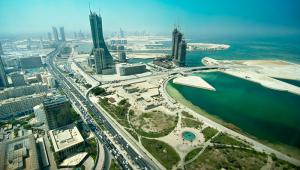Growth in overall productivity has slowed in Asia, particularly since the 2008 global financial crisis, the bank’s 2015 Annual evaluation review stated. The region needs to focus on increasing the overall productivity from its investments in physical, human and natural capital, it said.
It added that there was a need for both countries and ADB to be more strategic in getting the most from their investments.
‘Stronger results have to be wrung from investments in physical, human, and natural resources through efficiency and sustainability gains,’ Walter Kolkma, the study’s principal author, said.
‘Human development is critical for raising productivity and this means aggressive commitments to education, training and healthcare.’
Another part is relying on more public investments with high rates of return which is good for environmental sustainability and climate friendliness as well, said Vinod Thomas, director general of Independent Evaluation, an arm of the bank.
‘An improvement in productivity of physical investments by just two-tenths of 1% in Asia is like adding $10bn to those investments,’ said Thomas.
The ADB added that multilateral development banks could help strengthen the pace and quality of growth, particularly in infrastructure.
The challenge is to link infrastructure investment to inclusive growth objectives and climate change, the report said, due to the rise in extreme weather events in Asia and the Pacific.
Thomas said: ‘ADB is uniquely placed to scale up its programme in Asia. In part, it can raise the returns to the projects it finances with continued improvements in their design and delivery. The far bigger shift would be that ADB’s infrastructure strategy, along with the region’s, targets the growing income inequality and the reality of runaway climate change.’








